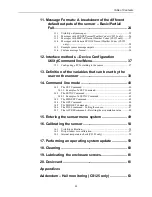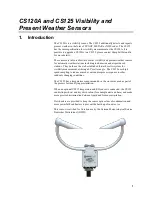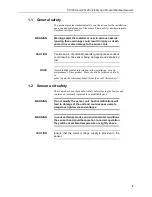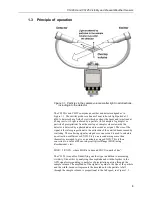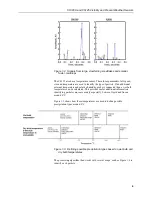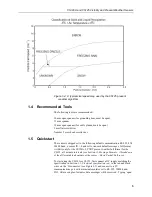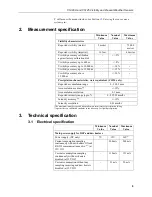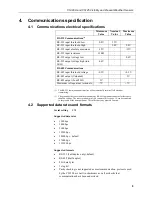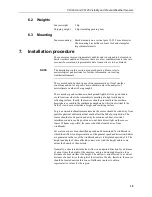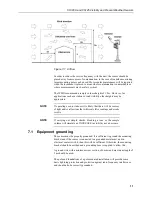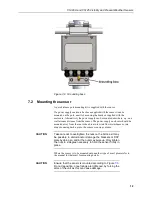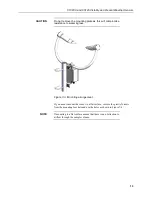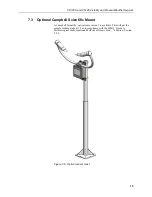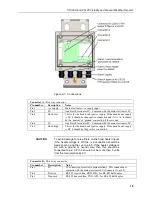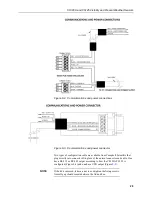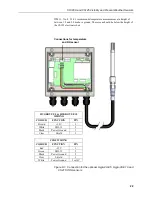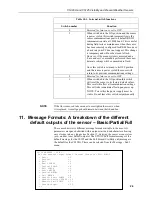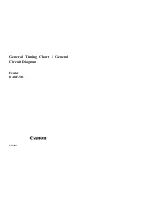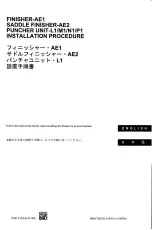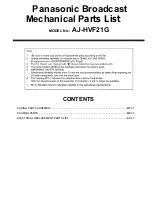
CS120A and CS125 Visibility and Present Weather Sensors
10
6.2 Weights
Sensor weight:
3 Kg
Shipping weight: 6 Kg (including packing box)
6.3 Mounting
Sensor mounting: Bracket mounts on a vertical pole 32-52.5 mm diameter.
The mounting bracket has cut-outs for band clamps for
larger diameter masts.
7. Installation procedure
The sensor measures environmental variables and is designed to be located in
harsh weather conditions. However, there are a few considerations to take into
account if accurate and representative data from a site are to be obtained.
The descriptions in this section are not exhaustive. Please refer to
meteorological publications for further information on locating
weather instruments
The sensor should be sited in a position representative of local weather
conditions and not of a specific microclimate (unless the analysis of
microclimate weather is being sought).
The sensor has good resistance to background light but it is a good idea to
avoid locations where the transmitter is pointing at a light scattering or
reflecting surface. Ideally, the receiver should point north in the northern
hemisphere or south in the southern hemisphere but this is not critical if the
field of view does not include a bright and scattering surface.
To give non-microclimatic measurements the sensor should be sited away from
possible physical obstructions that could affect the fall of precipitation. The
sensor should also be positioned away from sources of heat, electrical
interference and in such a position as to not have direct light on the sensor
lenses. Whenever possible, the sensor should be located away from
windbreaks.
Several zones have been identified upwind and downwind of a windbreak in
which the airflow is unrepresentative of the general speed and direction. Eddies
are generated in the lee of the windbreak and air is displaced upwind of it. The
height and depth of these affected zones varies with the height and to some
extent the density of the obstacle.
Generally, a structure disturbs the airflow in an upwind direction for a distance
of about twice the height of the structure, and in a downwind direction for a
distance of about six times the height. The airflow is also affected to a vertical
distance of about twice the height of the structure. Ideally, therefore, the sensor
should be located outside this zone of influence in order to obtain
representative values for the region.
NOTE



